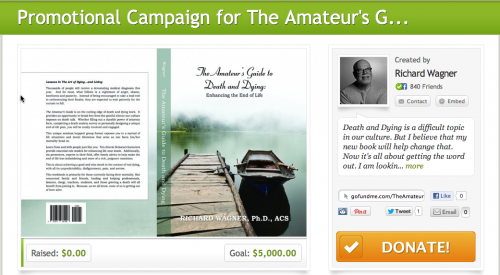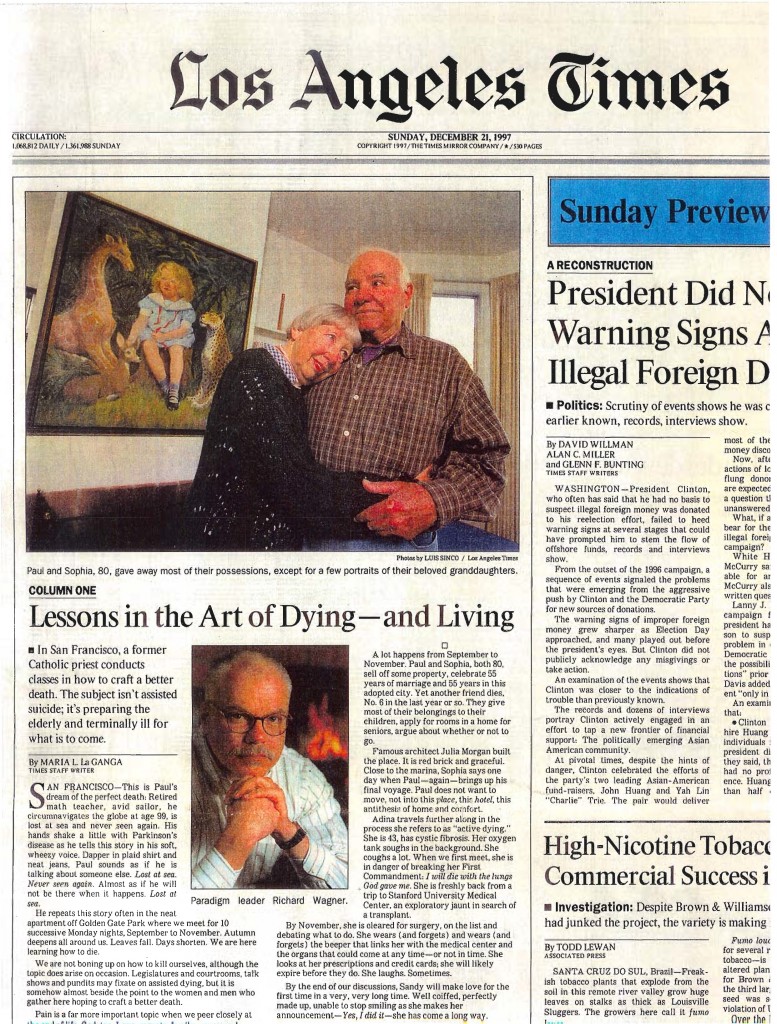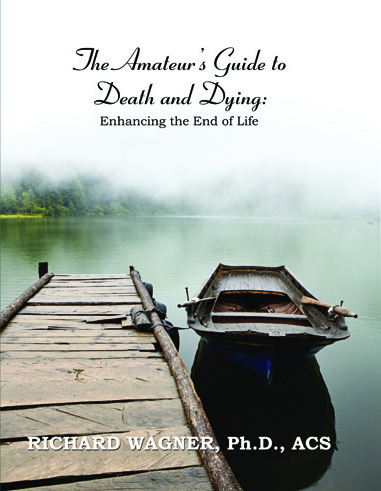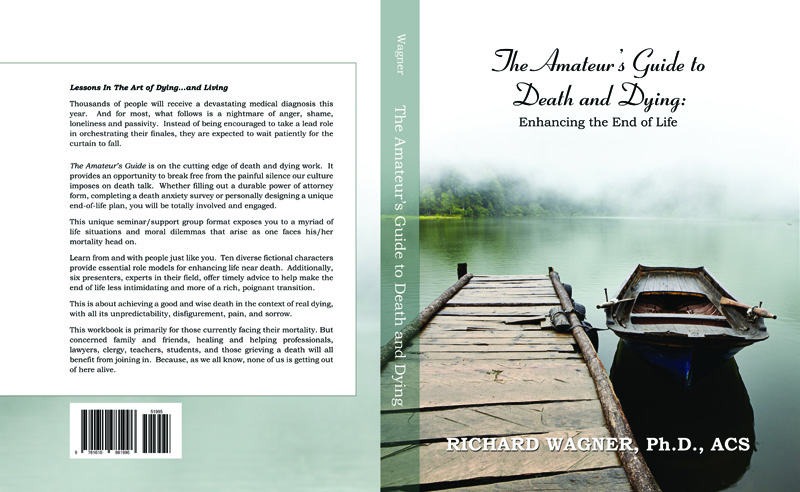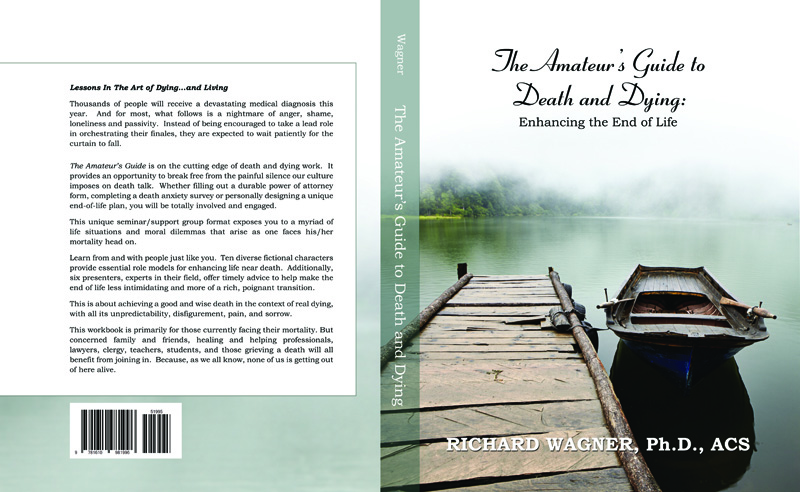Help support the promotional campaign for The Amateur’s Guide To Death and Dying; Enhancing the End of Life.
The Kay Jaybee Connection
Interest in The Amateur’s Guide To Death and Dying is coming in from all corners. Even from what would appear, at first glance, as unlikely sources of interest. Take for example my good friend, Kay Jaybee. She is an award-winning author of sizzlin’ erotica who lives in the UK. She and I have know each other since September 2008 when, together, we inagurated The Erotic Mind podcast series over at Dr Dick’s Sex Advice.
Kay and I don’t often get a chance to connect, our schedules and the eight-hour time  difference between us often prohibits that. But when we do chat it’s like old home week. Some weeks ago we visited with one another on Skype. I was telling her about the difficulties I was facing trying to get the word out about The Amateur’s Guide. Being an author herself she understood.
difference between us often prohibits that. But when we do chat it’s like old home week. Some weeks ago we visited with one another on Skype. I was telling her about the difficulties I was facing trying to get the word out about The Amateur’s Guide. Being an author herself she understood.
Kay asked me if I would be interested in writing a guest post for her site. I jumped for the opportunity.
Of special interest to Kay’s audience, and also my favorite, is Chapter 6 of my book, titled, Don’t Stop. I collaborated with my dear friend, the internationally known sex educator and therapist, Dr. Cheryl Cohen Greene on this chapter about sexuality and intimacy.
We begin by posing 5 simple questions to help our readers focus their attention on their sexuality and intimacy needs.
1. How important is sexuality in your life?
2. Is there’s a difference between sexuality and intimacy?
3. Do you have a range of options in which to experience your sexuality? If yes, what are some of them?
4. How well are you able to communicate your needs for sex and/or intimacy to your partner(s)? Are there any specific issues that get in the way of asking for what you need?
5. What are your biggest concerns about your sexuality as it relates to your disease, aging and/or dying process?
Cheryl sums up the reason for incorporating this chapter in the book.
“Sexuality and intimacy are important topics for us to consider, because there is so little information out there about these things for elders and those of us who have life-threatening conditions. The assumption, I suppose, is that sick, aging and dying people don’t have sexual and intimacy concerns, so why even bring it up?
That ridiculous assumption is so prevalent, even among healing and helping professions, that I’m forever having to confront it with, ‘Hey, we’re not dead yet.’”
Kay published my guest posting this morning.
I invite you to take a look at the full post. I think you will agree things have got to change.
Click on Kay’s banner below to see the posting.
Lessons in the Art of Dying – and Living
On Sunday, December 21, 1997, the Los Angeles Times did a cover story on the work I was doing in San Francisco. This is the program on which The Amateur’s Guide To Death and Dying; Enhancing the End of Life is based on.
To download a complete (text) copy of the article, click the link below:
COLUMN ONE
Technical difficulties…
We discovered something very disturbing yesterday, 05/25/12. The printer responsible for printing my new book, The Amateur’s Guide To Death and Dying; Enhancing the End of Life, made a rather big error. Instead of printing it on the appropriate 8″x10″sized page, he shrunk it down to fit a 6″x9″ page.
This ruined the beautiful formatting.
The printer has been notified. Corrections are in the works. But I ask that you not try to purchase a hard copy of the book till Wednesday, 05/30/12.
Anyone who already purchased the book will have the mistake copy replaced at no further expense. I apologize for the inconvenience.
There is good news, however. The Kindle and Nook versions of the book are now available.
My New Book…what you need to know
Dear friends and colleagues
I am pleased to announce the publication of my new book The Amateur’s Guide To Death And Dying: Enhancing The End Of Life.
(Click on the book art below for a synopsis and to purchase the book.)
The Amateur’s Guide To Death And Dying is specifically designed for terminally ill, chronically ill, elder, and dying people from all walks of life. But concerned family and friends, healing and helping professionals, lawyers, clergy, teachers, students, and those grieving a death will also benefit from reading the book.
The Amateur’s Guide To Death And Dying is a workbook that offers readers a unique group/seminar format. Readers participate in a virtual on-the-page support group consisting of ten other participants. Together members of the group help each other liberate themselves from the emotional, cultural, and practical problems that accompany dying in our modern age.
The Amateur’s Guide To Death And Dying helps readers dispel the myth that they are incapable of taking charge during the final season of life. Readers face the prospect of life’s end within a framework of honesty, activity, alliance, support, and humor. And most importantly readers learn these lessons in the art of dying and living from the best possible teachers, other sick, elder, and dying people.
The Amateur’s Guide To Death And Dying engages readers with a multitude of life situations and moral dilemmas that arise as they and their group partners face their mortality head on.
The Amateur’s Guide To Death And Dying offers readers a way to share coping strategies, participate in meaningful dialogue, and take advantage of professional information tailored to their specific needs. Topics include spirituality, sexuality and intimacy, legal concerns, final stages, and assisted dying. The book does not take an advocacy position on any of these topics. It does, however, advocate for the holistic self-determination of sick, elder, and dying people, which can only be achieved when they have adequate information.
Facing your mortality with the kind of support The Amateur’s Guide To Death And Dying offers does not eliminate the pain and poignancy of separation. Rather it involves confidently facing these things and living through them to the end.
This innovative workbook on death and dying is now available on Amazon and in bookstores. I welcome your thoughts, comments, and reviews.
All the best,
Richard
Richard Wagner, Ph.D.
richard@theamateursguide.com
Our website: The AmateursGuide.com
Join us on Facebook
Follow us on Twitter
Buy the book HERE!
PUBLISHED!
I’m delighted to announce!
(Click on the book art above to purchase.)
Synopsis
================
We are notorious for ignoring and denying death; we keep death out of sight and out of mind, postponing any serious considerations until death comes knocking at our door. This approach inevitably leaves us unprepared and frightened when we are faced with our own mortality. We seldom get around to asking ourselves seriously; “Will my death be good? Will it be wise? Will it matter?”
Thousands of women and men will receive a terminal prognosis this year. And for most, what follows is a nightmare of loneliness and passivity. Because of our society’s enormous death taboo, few opportunities exist for sick, elder, and dying people to connect with others similarly challenged in a purposeful, life-affirming way. Instead of being encouraged to take a lead role in orchestrating their finales, they are expected to be unobtrusive, dependent on the kindness of others, and wait patient-ly for the curtain to fall. No wonder we feel bitterness when we discover that the marginal status we assigned to death in our healthy days is what we find for ourselves in our dying days.
A Brief Description
================
The Amateur’s Guide To Death And Dying is an 8″ x 10″ workbook for enhancing the end of life. It is on the cutting edge of death and dying work. Readers are challenged to liberate themselves from the deadening passivity and isolation that society heaps upon them. They gain perspective on numerous issues related to modern dying…whether it’s filling out a durable power of attorney form, answering provocative questions about sexuality and intimacy, completing a death anxiety survey or personally designing a unique end-of-life plan…readers are totally involved and engaged.
The Amateur’s Guide is modeled upon the remarkably successful 10-week Access Program developed by PARADIGM Programs Inc., a nonprofit organization I founded in San Francisco back in the mid 90’s. It served terminally ill, chronically ill, elder and dying people.
The most exceptional aspect of The Amateur’s Guide is its format. Readers become part of an on-the-page support group that simulates participation in an actual PARADIGM group. Ten diverse fictional characters, representing a broad spectrum of age, race, and life situations inspire strong reader identification and provide essential role models for enhancing life near death. This unique presentation exposes the reader to a myriad of life situations and moral dilemmas that arise as one faces his or her mortality head on.
Besides the group process, six presenters, each an expert in his/her field, offer timely advice designed to help the reader make the end of life less an intimidating process and more a rich, poignant transition.
How Material Is Presented
================
The Amateur’s Guide is a self-help workbook laid out in a week-by-week progression, totaling ten weeks. An introduction prepares the reader for his/her participation. Each chapter contains a specific issue for that week: spirituality, legal concerns, early messages about death, etc., followed by scenarios from the group sessions.
The reader is also offered creative exercises and activities, homework as it were, which further their involvement in the particular subject being addressed.
Jokes and quotations—addressing the humor and poignancy of death—punctuate each chapter.
This workbook is designed primarily for those currently facing their mortality. But concerned family and friends, healing and helping professionals, lawyers, clergy, teachers, students, and those grieving a death will all benefit from joining in. Because, as we all know, none of us is getting out of here alive.

